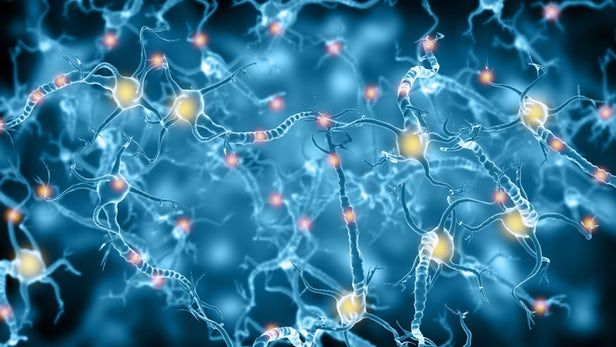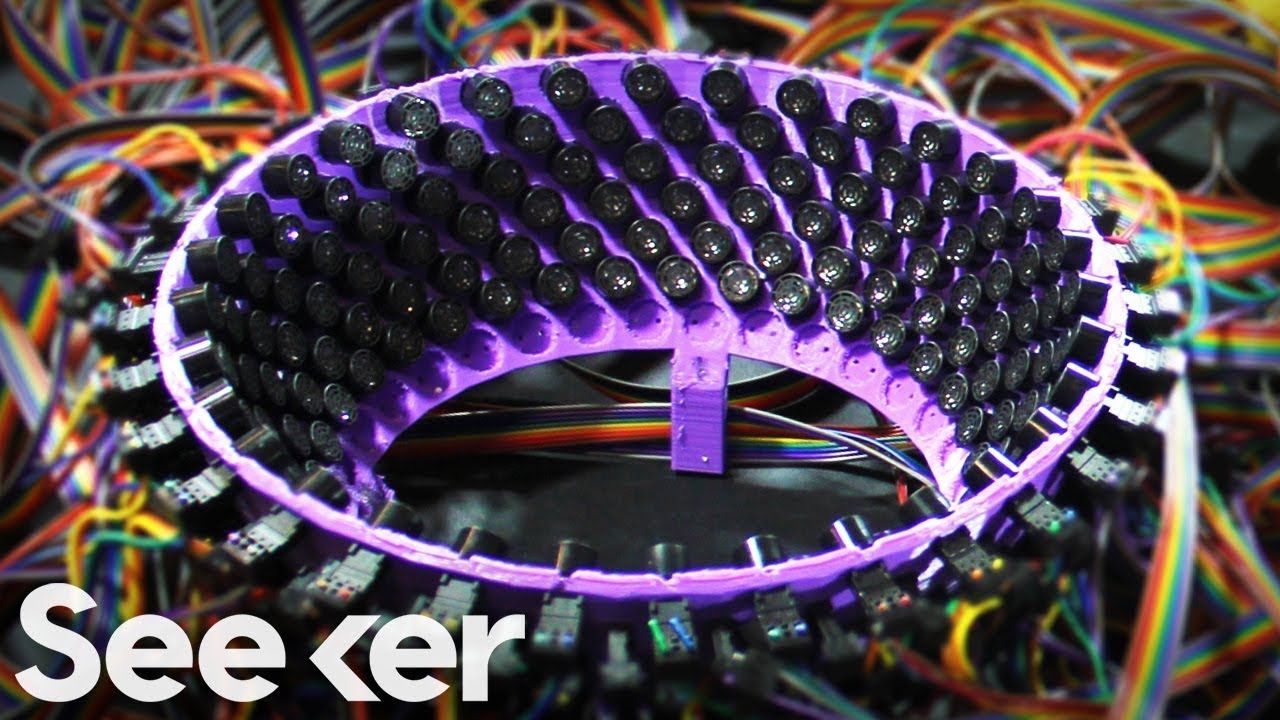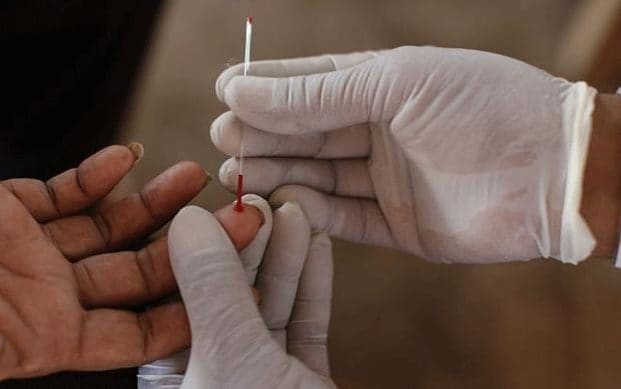Jul 8, 2018
A Conversation on Cyborgism: An Interview with U.K. Cyborg Neil Harbisson
Posted by B.J. Murphy in category: cyborgs
https://youtube.com/watch?v=UXCq8rbTFSY
My grandparents’ generation saw the arrival of technology in peoples’ homes; my parents’ generation saw the arrival of technology in people’s lives; and the current generation is seeing the arrival of technology in peoples’ body.
Neil Harbisson goes into his goals and aspirations to unlock the potential of humanity and awaken a new age of cyborgism with the help of emerging technologies.
Continue reading “A Conversation on Cyborgism: An Interview with U.K. Cyborg Neil Harbisson” »


















